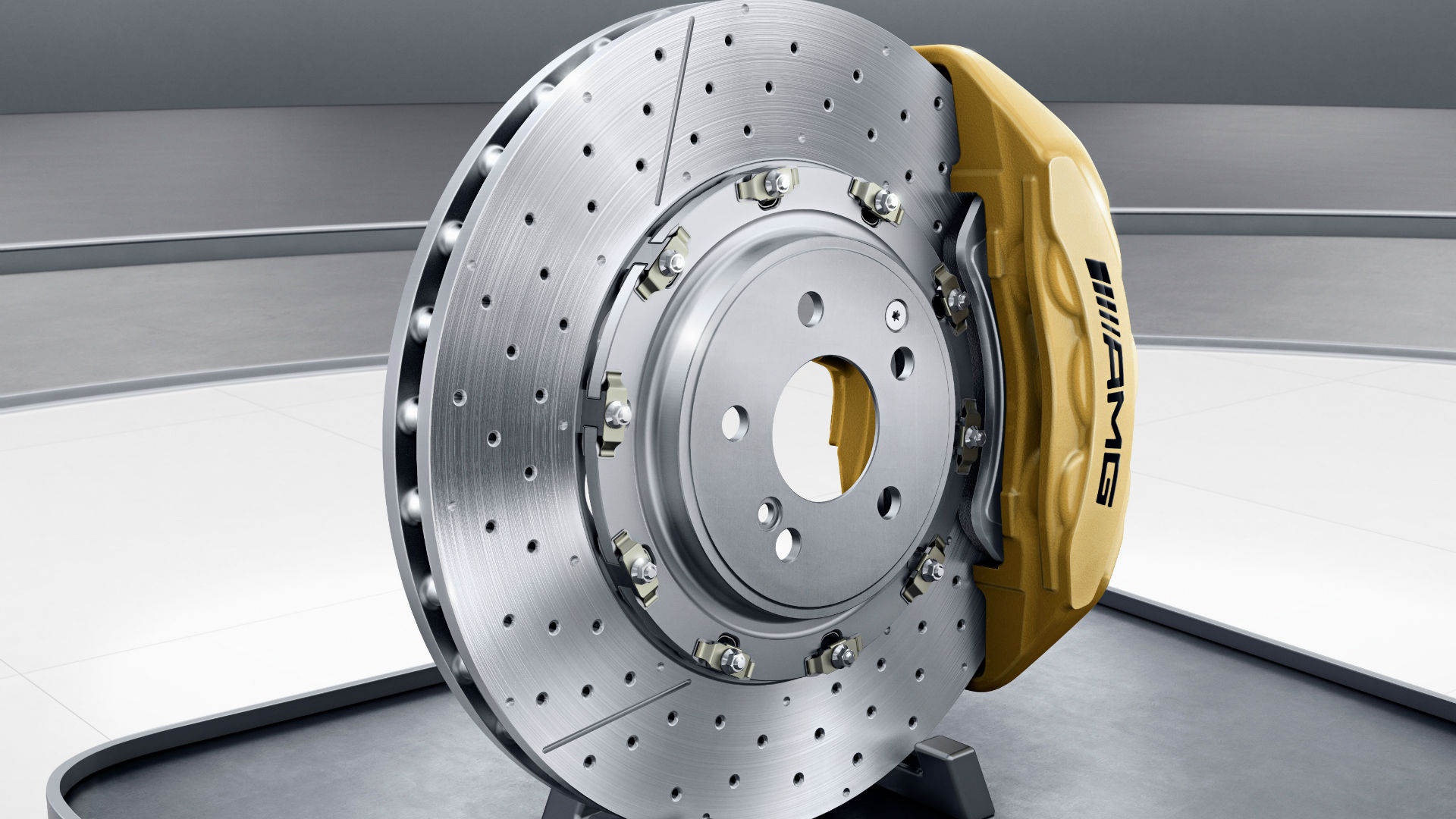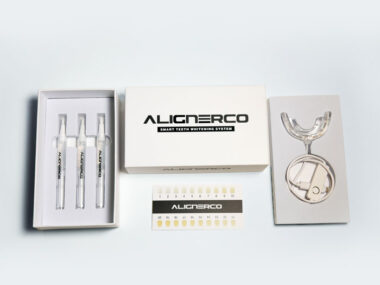 In this article I would like to give a small insight into the workings of an average family cars braking system. Larger cars have much more complicated systems, and therefore more confusing and technical to explain.
In this article I would like to give a small insight into the workings of an average family cars braking system. Larger cars have much more complicated systems, and therefore more confusing and technical to explain.
The first part is the brake pedal that you press to stop your car. We will then move on to the next step from then on.
Brake pedals are made of very strong steel and work on the principal of a lever, this lever transmits the force from you pressing the pedal with your foot to a part called the” Master Cylinder”. On the pedal there is also an electric switch that operates the brake lights, when the brake is pressed the brake light comes on at the rear of the car.
When pressed the pedal transfers force to the master cylinder via a push-rod, master cylinders are storage reservoirs for brake fluid and also contain a piston. This piston compressors the brake fluid to the rest of the braking system via brake pipes. These pipes are usually made of copper alloys are a common fault found on your annual MOT test.
Brake pressure is then transferred from the master cylinder to the brake callipers or wheel cylinders, located on each corner of the car, where the wheel fits onto. In this day and age most cars have disc brakes on all four wheels, but older cars have drum brakes on the rear wheels.
Disc brakes are more efficient than drum brakes, hence the change to having all four corners on discs. The pressure from the master cylinder is then transferred to a piston in the brake callipers. This pressure then applies force from the calliper to the brake pads against the brake discs, therefore stopping the car.
Brake pads are very important and must be checked and changed at regular intervals. Pads are made to withstand a great deal of heat and pressure to cope with the speed and stopping distances of the modern car. Brake pads are made of a metal and an organic compound to cope with such conditions. Older motorists will remember that brake pads were once made of asbestos compounds, which are now outlawed because of health and safety issues that are connected to cancers.
Brake drums and discs are usually made of high strength steel or cast iron, these too must be checked for wear at regular intervals, and can warp in time giving bad vibrations and poor braking.
To sum up brakes are better left to the professionals and should be checked out at every service interval. Your brake efficiency is checked at every MOT, but as yet the test does not include a visual inspection, it is wise that you have this done.
Many of our customers do not know that they have a brake problem until they hear a very loud grinding noise, by this time much damage will have been done, it is always better as stated earlier to have your brakes checked at regular intervals and make sure that the parts that are fitted are quality parts.











